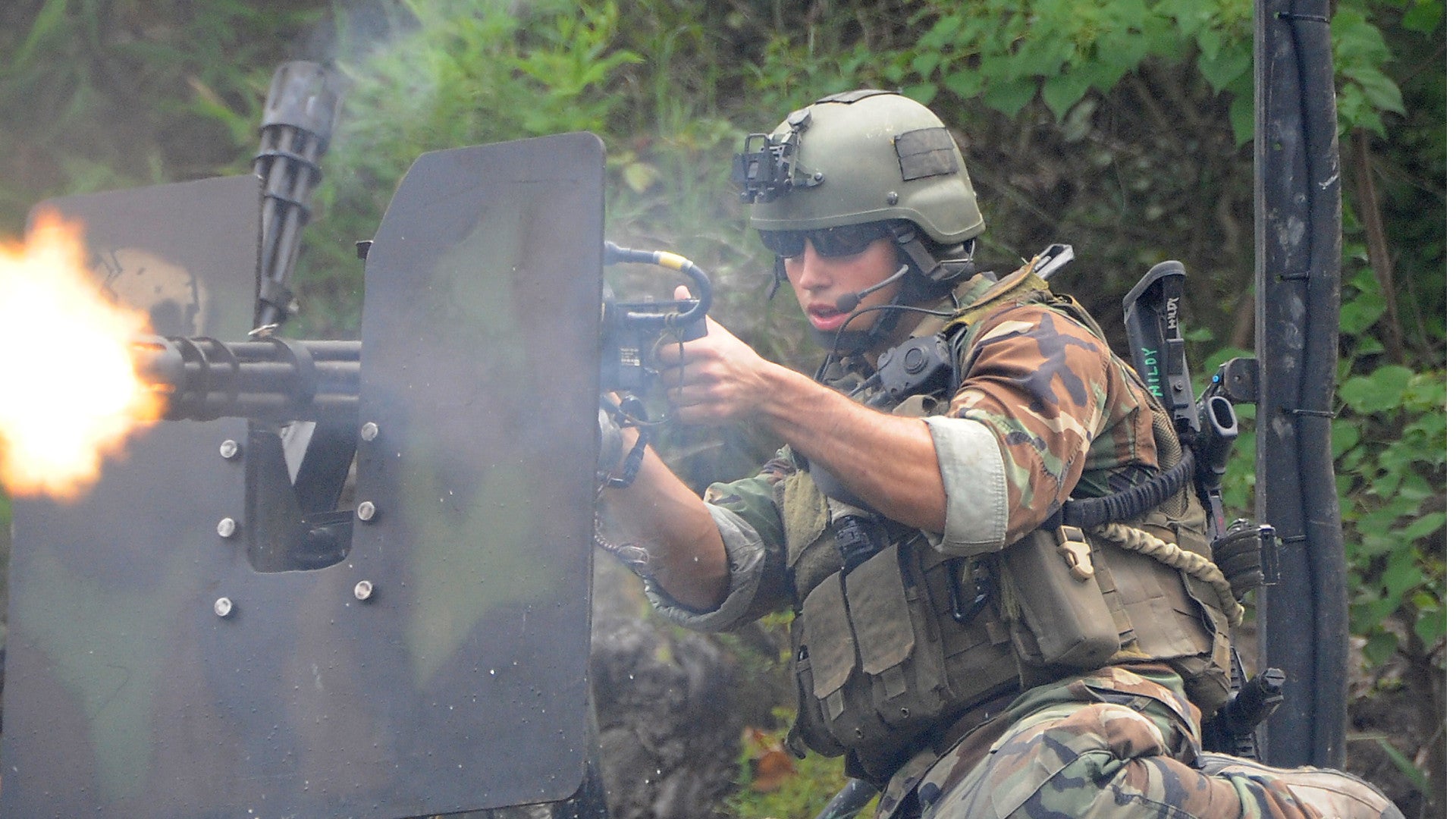The U.S. Navy has confirmed a number of women are seeking to join its special operations units, including at least one who could become the first female SEAL. However, given the grueling training and in light of what are sure to be accusations of a politicized process, the service was quick to stress that there was no guarantee any of the candidates would fulfill the necessary requirements.
As of June 2017, there were two women in the pipeline for the Special Warfare Combatant-Craft Crewman program, according to a report by Military.com. Another woman, presently a college student in a Navy Reserve Officers’ Training Corps (ROTC) program, is set to join the SEAL Officer Assessment and Selection (SOAS) course in the coming months, ahead of an evaluation by the SEAL Officer Selection Panel in September 2017.
“We assess right now that, with the small cohorts of females, we don’t really know what’s going to happen as far as expected attrition,” U.S. Navy Captain Christian Dunbar, the deputy commander of the Naval Special Warfare Center, told the Defense Advisory Committee on Women in the Services in June 2017. “All the barriers have been removed. Our planning has been completed and is on track.”

On Dec. 3, 2015, then-Secretary of Defense Ashton Carter announced that the U.S. military as a whole would no longer limit what jobs women could serve in, opening the path for female service members to apply for previously off-limits positions in special operations units in all branches. At the time, all the services had 30 days to both remove the official restrictions and develop plans on how to fully implement the changes.
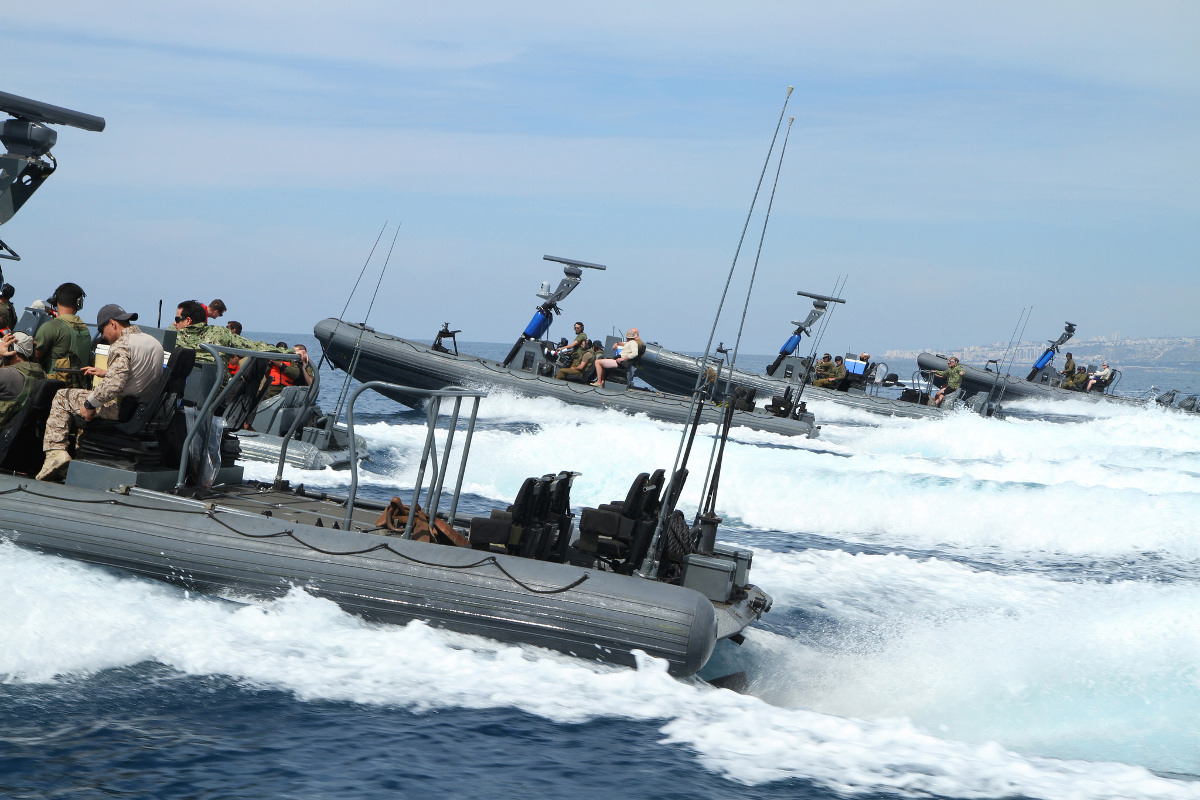
In spite of criticisms and accusations of “political correctness,” spokesmen for Naval Special Warfare Command assured both Military.com and NPR, among other outlets, that there had been no changes to the core training requirements to accommodate the female candidates. U.S. Navy Captain Jason Salata told Military.com that the only modifications to the programs had to do with lodging and the wear of uniforms.
As of July 2017, only one of the two women remained in training to become a Special Warfare Combatant Crewman (SWCC), according to Salata. Another Naval Special Warfare Command spokesman, Lieutenant Command Mark Walton, told NPR that SWCC community had one transgender individual, as well. The report did not state the sailor’s identified gender or the one they were assigned at birth. The command declined to provide many details for these stories, citing operational security and privacy concerns.

On June 30, 2017, Secretary of Defense James Mattis did delay plans to begin accessing openly transgender applicants for U.S. military service until Jan. 1, 2018. In this time, the branches “will review their accession plans and provide input on the impact to the readiness and lethality of our forces,” according to an official Pentagon statement. This has no impact on women applying for or progressing through the SEAL, SWCC, or any other training programs.
The SWCC process includes an eight-week Basic Crewman Training program followed by a 12 week Crewman Qualification Training and additional training. This can include military parachuting courses and practicing dropping rigid hull inflatable boats from aircraft and helicopters, as well as Survival, Escape, Resistance, and Evasion (SERE) training.
In 1994, the Navy created the SWCC enlisted warfare specialty so that boat crewmen could stay within the Naval Special Warfare community beyond single tours of duty. In 2006, service created the special warfare boat operator rating, which allowed individuals to remain in NSW for their entire career. As of 2017, there were three such operational teams, Special Boat Teams 12, 20, 22. SWCC in these units were responsible for manning various specialized craft, including rigid hull inflatable boats (RHIB), Special Operations Craft-Riverine (SOC-R), the Mk V Special Operations Craft, and the stealthy Combatant Craft Heavy (CCH), also known as the SEAL (Sea Air Land Commandos) Insertion, Observation and Neutralization, or SEALION.

Candidates to become SEAL commandos go through the near-legendary Basic Underwater Demolition/SEAL Team course, or BUD/S, which presently starts with a three week “indoctrination” process, followed by three separate phases, each seven weeks long. This course also includes the especially arduous “Hell Week,” specifically intended to weed out individuals who are unlikely to succeed in meeting the requirements.
Throughout BUD/S, “there is attrition of candidates who voluntarily withdraw from the course due to arduous physical training, sleep deprivation, prolonged cold water exposure, and leadership and team work challenges,” according to one official U.S. Navy special warfare manual from 2013. Some of those individuals apply and are accepted into the SWCC program as transfer students.
After BUD/S, SEAL candidates go through another 26 weeks of qualification training, as well as other courses, including military parachuting and SERE. The entire process for both SEALs and SWCCs can take months, followed by more time spent in pre-deployment training before individuals actually arrive at SEAL or Special Boat Teams.
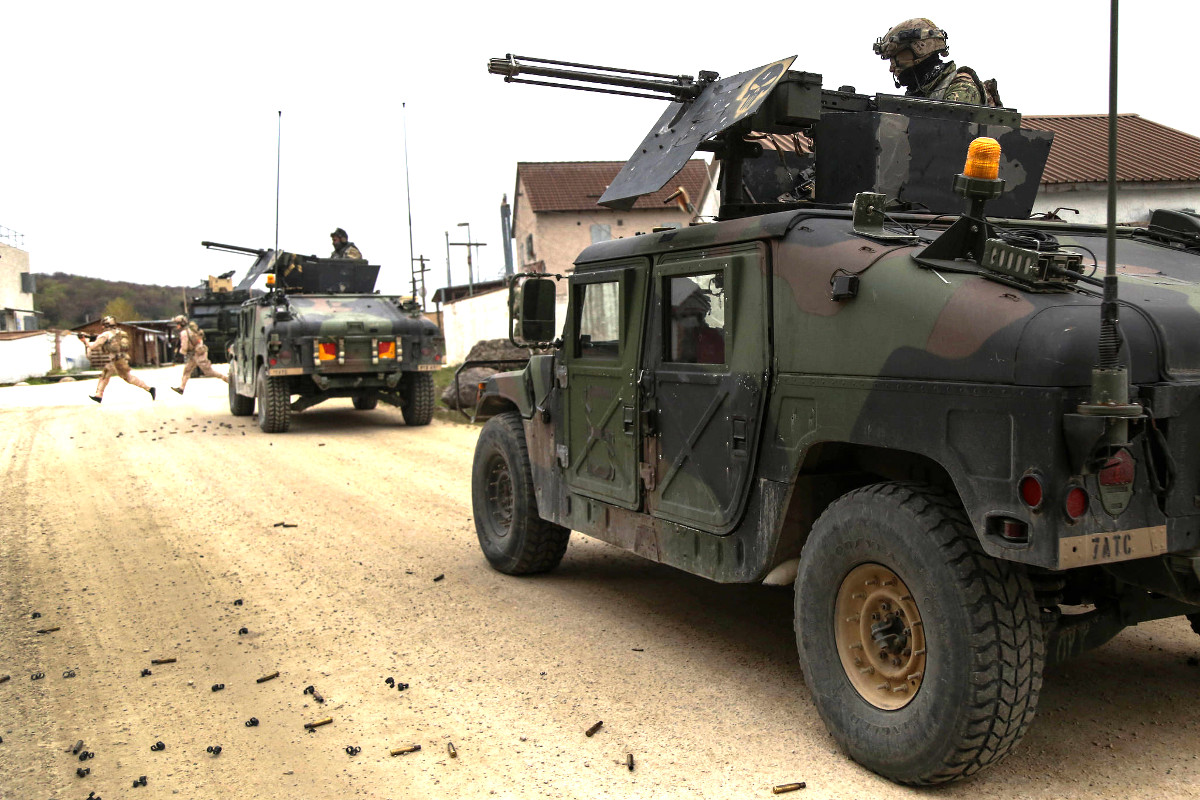
For years already, both the SEALs and Special Boat Units have proven to be highly selective. Both tracks require candidates to meet the same initial physical and Armed Services Vocational Aptitude Battery (ASVAB) score requirements. On average, between 73 and 75 percent of SEAL applicants drop out. Within that, officer candidates, which are a much smaller pool, apparently have a much better success rate, with approximately 65 percent making the grade. Though they go through a slightly less strenuous process than the SEALs, an average of 63 percent of SWCC recruits still fail to pass the required courses.
“It would be premature to speculate as to when we will see the first woman SEAL or SWCC graduate,” Salata made clear to Military.com. “Managing expectations is an important part of the deliberate assessment and selection process; it may take months and potentially years.”

“Managing expectations” is putting things mildly. The issue of women serving in many combat-related functions within the U.S. military is both a highly charge and highly politicized debate. When Carter announced his decision to remove all remaining restrictions in 2015, Chairman of the Joint Chiefs of Staff U.S. Marine Corps General Joseph Dunford pointedly skipped the press conference.
This was an apparent protest since the Marines had been the only service to oppose the plan, citing an internal review that showed all-male infantry units performed better than those with a mix of men and women. Carter assured the Corps, members of Congress, and the general public that those concerns would be taken into account as the U.S. military considered how to implement his new directive.
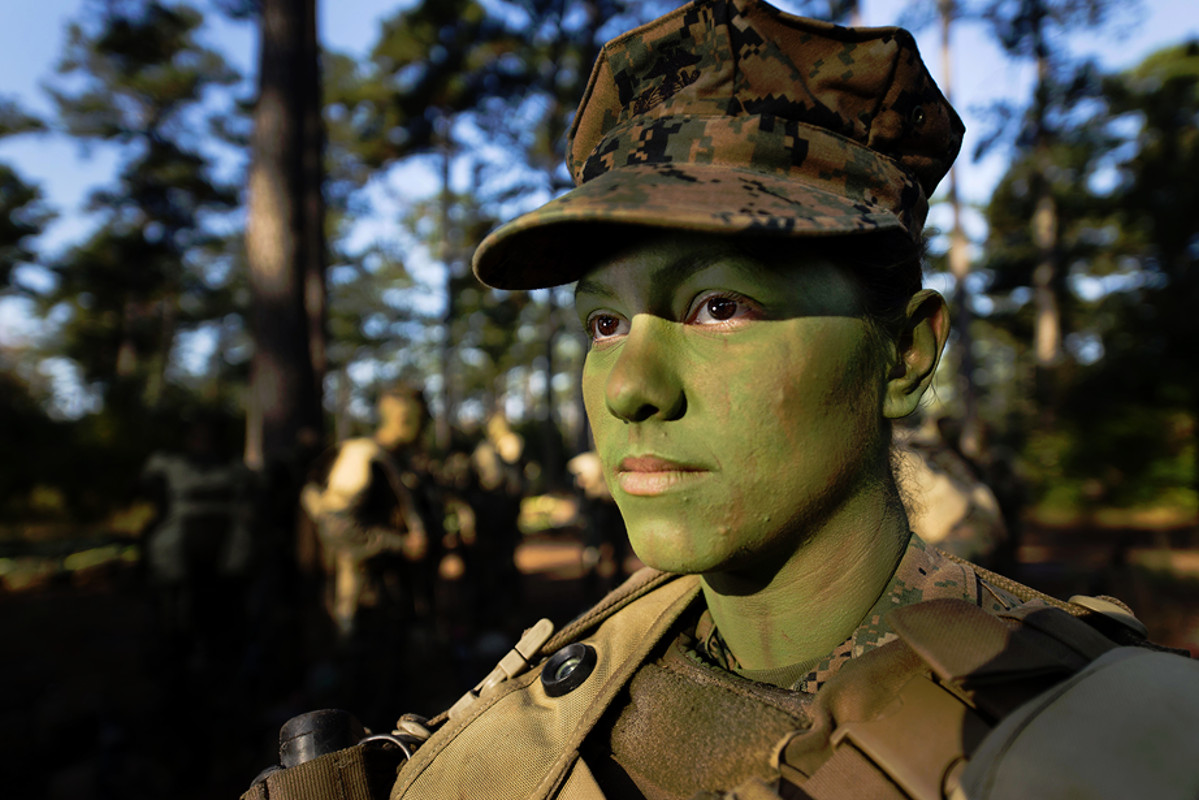
Any internet search on the subject will quick bring up news articles, op-eds, blog posts, and forum comments from current and retired military members and others who are worried about relaxed training standards or concerned about a loss of “unit cohesion” by having men and women serve together in tense combat situations. There is no conclusive evidence one way or another that mixed gender units are less effective than all-male units in combat or more prone to disciplinary issues.
Critics in and out of the U.S. military community claimed the Marines in particular were biased against women in their study, which the serviced had labeled as “pre-decisional.” Then-Secretary of the Navy Ray Mabus, the top civilian in charge of both the Navy and the Marine Corps, famously dismissed the report’s findings in September 2015, accusing it of being over determined. “When you start out with that mindset, you’re almost presupposing the outcome,” he said.
The first three female infantry Marines joined 1st Battalion, 8th Marines at Camp Lejeune, North Carolina in January 2017. The battalion already had female personnel in support roles, such as logistics, motor transport, and communications. Women had previously graduated from the Marine Corps Infantry Training Battalion, but were still precluded from taking combat infantry jobs.
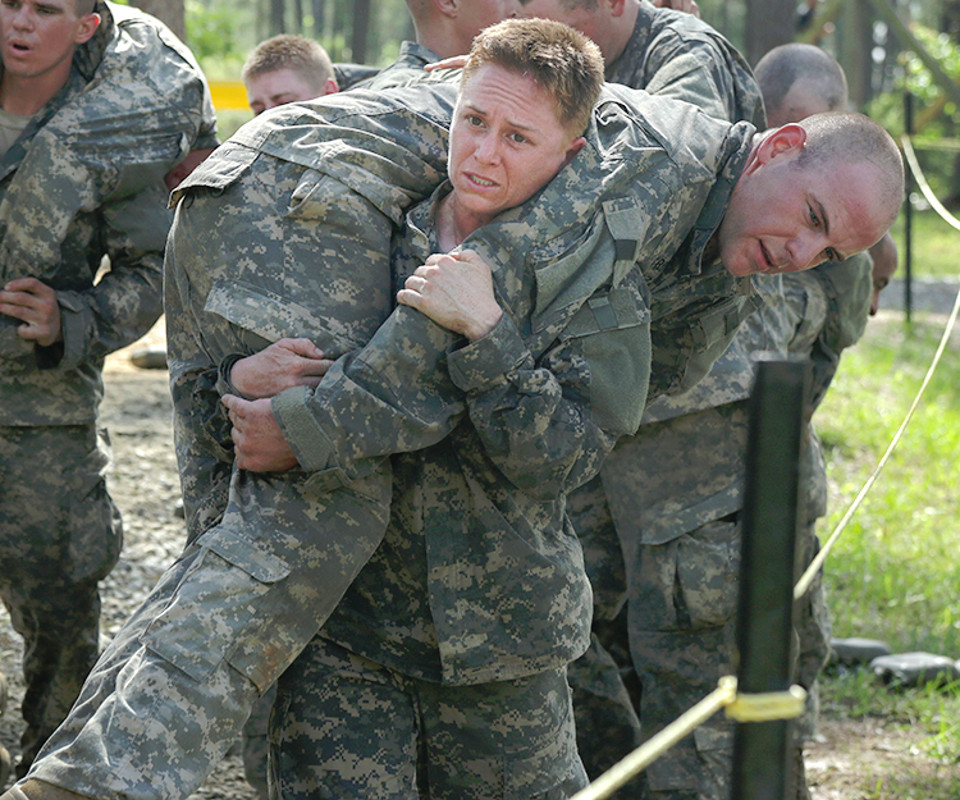
There have been many of the same debates outside of the Navy and the Marine Corps. In August 2015, two women passed the U.S. Army’s Ranger training course for the first time ever. Again, there were claims that instructors had reduced the requirements or otherwise given special consideration to the two soldiers not afford to their male counterparts.
Though the Army strenuously denied this, it quickly developed into a political firestorm. Representative Steve Russel, an Oklahoma Republican and Army veteran who had passed the Ranger course, demanded to see the training records to judge for himself. The service provided the records it could legally send along absent a formal oversight request and that particularly issue largely subsided.
The Ranger training course is separate from the process to join the elite 75th Ranger Regiment, part of the U.S. Army’s Special Operations Command. In 2016, three women did apply to join the regiment. In January 2017, the serviced confirmed to Task and Purpose that one of them had passed through the second phase of the storied unit’s assessment and selection process and was set to become the first female member of a U.S. special operations forces unit.

Neither this nor the progress of women through Navy special operations training courses is likely to change the tenor of the debate, unfortunately. More recently, in regards to the plans to allow transgender individuals to openly serve, some have suggested that failing recruits might decide to “swap genders” in order to gain access to an easier physical training regimen or the women’s showers. However, it seems unlikely that someone who didn’t actually identify as transgender would choose to go this complicated and lengthy route, which presently requires both a formal medical diagnosis and command approval in the Navy for instance, rather than simply working to build up the necessary strength and endurance.
But there seems to be a certain inevitability to women serving in combat units including special operations forces, regardless of where one stands on the debate. “Acceptance is expected to increase over time,” U.S. Navy Rear Admiral Brian Losey, then head of Naval Special Warfare Command, wrote in a memo in September 2015 where he also cited political pressure to reduce training requirements for women.
It’s worth noting that Losey subsequently became the subject of public accusations of toxic leadership and retaliating against whistleblowers, which his defenders said were politically motivated. The issue effectively forced the officer into early retirement, but in defiance of critics in Congress, the Navy subsequently gave him a retroactive promotion that came along with added back pay and larger pension. Beyond gender issues, earlier in 2017, there were separate, controversial reports that the SEALs were struggling with high illicit drug use and general disciplinary problems.
“With the recent female graduates from the Ranger course, there may be an expectation that there will soon be female graduates from BUD/S,” Losey had added in his 2015 letter. “We will welcome any candidate who meets standards.”
Soon, the Navy may put those statements, as well as the training standards, to the test.
Contact the author: joe@thedrive.com
